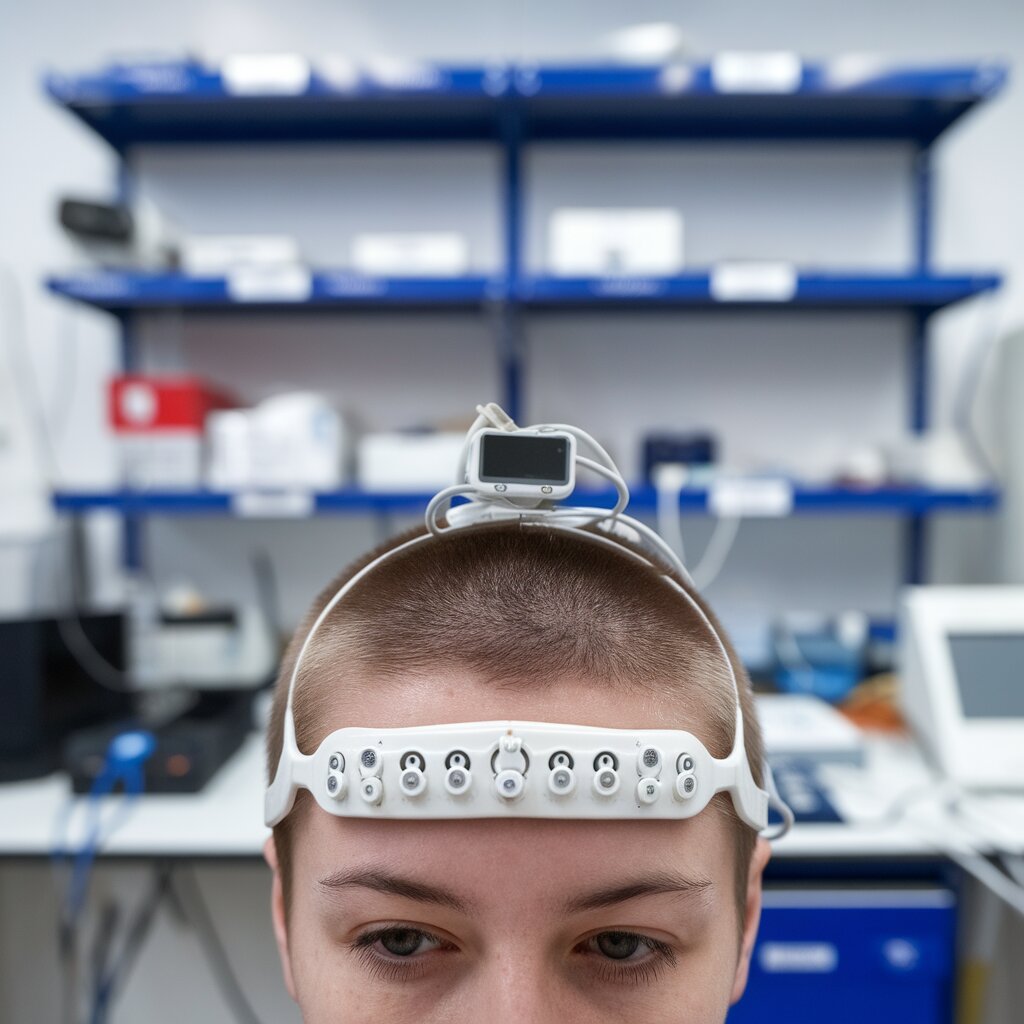In an exciting development from the University of Houston, researchers have unveiled a groundbreaking wearable sensor that promises to transform the early detection and monitoring of neurological disorders through precise eye-tracking technology. This remarkable innovation, detailed in the journal Advanced Healthcare Materials, is poised to offer significant advantages over existing eye movement monitoring technologies due to its compact size, non-invasiveness, affordability, and ability to continuously track eye movements over extended periods.
Dr. Jae-Hyun Ryou, an associate professor at the University of Houston and the lead author of the study, emphasized the clinical importance of their invention. “Many brain-related diseases and abnormalities manifest through ocular symptoms that often precede other symptoms, making them vital for early diagnosis,” explained Dr. Ryou. Eye movement patterns, including blinking rates and directions, have long been indicators for conditions such as stroke, multiple sclerosis, Parkinson’s disease, and Alzheimer’s disease.
Traditional eye-tracking systems, usually based on computer vision, have their limitations. These setups, ranging from desktop-mounted to glasses-embedded and in-vehicle systems, often suffer from being bulky, costly, and reliant on complex computer programs for data analysis. While more portable solutions involving smartphone cameras offer some potential, they fall short in providing continuous monitoring necessary for early and reliable detection.
This is where the innovative sensor devised by Ryou and his team shines. The device, known as the flexible piezoelectric eye movement sensor array (F-PEMSA), is a small, attachable sensor that offers unprecedented accuracy in tracking eye movements non-invasively. Comprising three transducers, the F-PEMSA can detect minute muscle movements around the eye, capturing the duration and direction of various eye motions, including rotations, with high precision.
The prototype of the F-PEMSA has undergone rigorous testing, demonstrating its capability to detect a diverse range of eye movements comfortably and safely. The findings suggest that with further validation, this technology could be seamlessly integrated into clinical practices.
Ryou envisions broad applications for the F-PEMSA in numerous neurological conditions such as ADHD, autism, Alzheimer’s disease, and Parkinson’s disease, as well as in post-traumatic conditions like post-concussion syndrome and PTSD. “The potential for early and accurate diagnosis, coupled with the development of personalized therapies, positions the F-PEMSA as a promising tool in the fight against brain disorders,” he concluded.
This pioneering technology represents a significant leap forward in medical diagnostics, offering a painless, effective, and continuous way to monitor critical eye movements that could herald the onset of debilitating neurological diseases. With further development and clinical validation, the F-PEMSA could become an indispensable device in healthcare, paving the way for earlier interventions and better patient outcomes.


